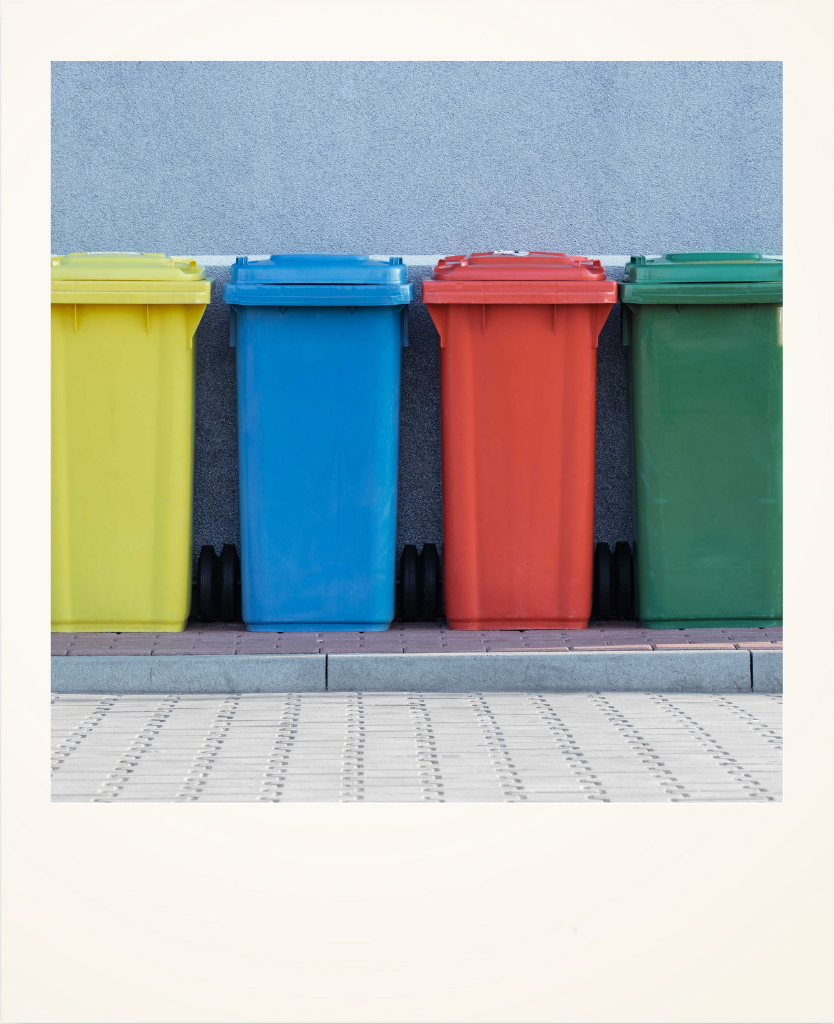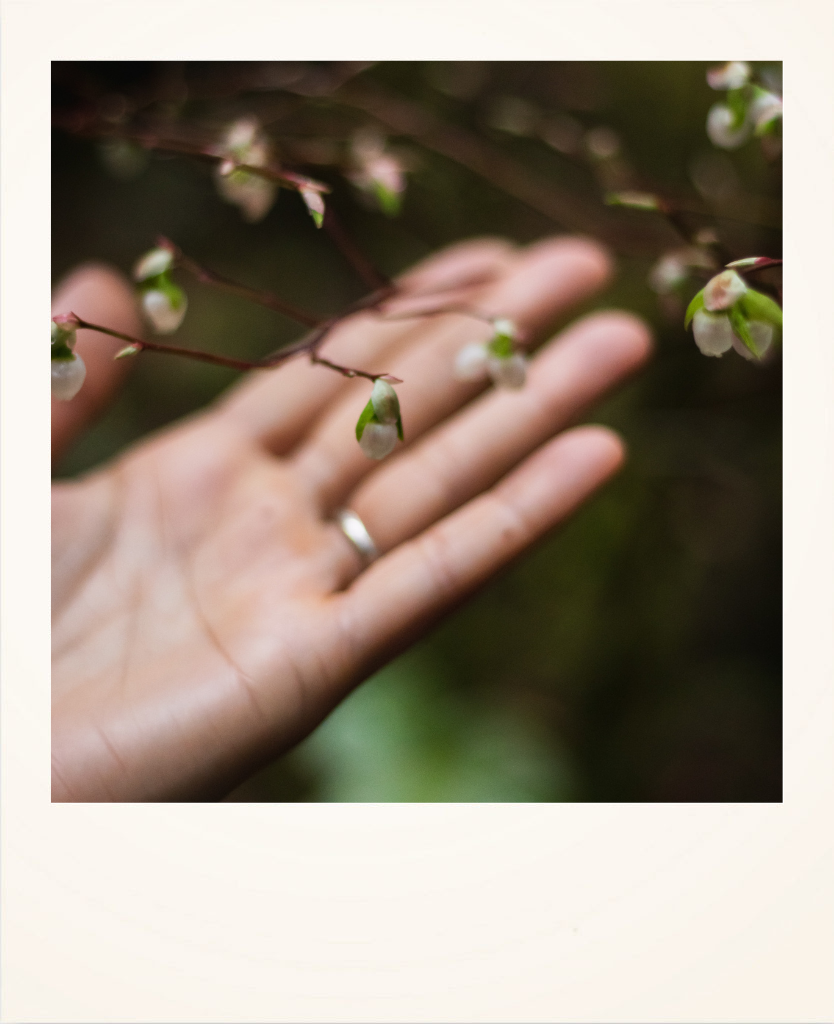To celebrate the World Recycling Day , today we wanted to get down to business. We know recycling is important, but if we don't do it right, it's useless. At first glance, it seems obvious: plastic goes in the yellow bin, cardboard in the blue bin, and glass in the green bin, right? Yes, but the reality is that when it comes time to do it, we all have the same questions: Can I recycle an oil-stained pizza box? Is the carton cardboard or plastic? What do I do with the corks? Let's go bin by bin.
🟡 Yellow Container
This is where the containers go, but be careful, not all of them are suitable.
What to throw away:
- Metal containers (cans of preserves, beverages, aluminum trays, aerosols, metal bottle caps, jar lids)
- Bricks (juice, milk, broth, gazpacho, wine, smoothies)
- Plastic containers (water, soft drink and milk bottles, cleaning products, shower gels, colognes and shampoo)
- Frozen food bags
- Tubs of butter and yogurt
- White cork trays
- Plastic wrappers
- Bags of snacks and treats
- Plastic bags
What not to throw away:
- Plastic toys
- Diapers
- CDs and DVDs
- Household appliances
- Plastic slippers like crocks
🔵 Blue Container
For paper and cardboard, but be careful that they are not stained.
What to throw away:
- Cardboard packaging such as cookie boxes, cereal boxes, shoe boxes, frozen food boxes, egg cartons (virtually all the cardboard packaging we use at home)
- Paper such as newspapers, books, magazines and paper bags
What not to throw away:
- Used napkins
- Used tissues
- Oil-stained cardboard and paper
- Diapers
- Bricks
🟢 Green Container
Glass, but without a lid or cap. Those go in the yellow bin.
What to throw away:
- Glass containers
- Cosmetic and cologne bottles
- Jars of jams and preserves
What not to throw away:
- Light bulbs
- Fluorescent tubes
- Tableware tests
- Broken glass.
⚫ Organic Container
This is the black one and it is recommended to use a biodegradable bag.
What to throw away:
- Biodegradable food waste such as fruit peels and skins
- Leftover meat, fish, vegetables, coffee grounds, leftover infusions, etc.
- Organic waste: paper and cardboard stained with grease or oil
- Small plant remains of flowers and leaves
- Cork stoppers
- Sawdust
What not to throw away:
- Band-Aids
- Infusion bags with metal staples
- Sweeping powders
- Wipes
- Cotton swabs
- Dental floss
- Cotton
- Ashes
And the container with the orange lid?
That's for anything you don't know where to put it. In the world of recycling, one very important thing to remember is that any mistake can ruin the recycling chain. So if you don't know where to put something, throw it in the "regular trash."
Why is recycling important?
- By recycling, we avoid using new materials to manufacture products and therefore save a significant amount of natural resources.
- Manufacturing a new product from recycled materials requires less energy and less water.
- Recycling reduces pollution in rivers, seas, soil, fields, and crops.
- Jobs are created: For recycling to take place, companies and people are needed to carry out the process.
- Responsible consumption is encouraged: the current social model is based on consumerism and throwaway. By recycling, we prevent the waste of natural resources.
If you want to keep this list handy, we've prepared a post summarizing everything we've included in this article on our Instagram . Save it and use it as a reference whenever you have a question!



